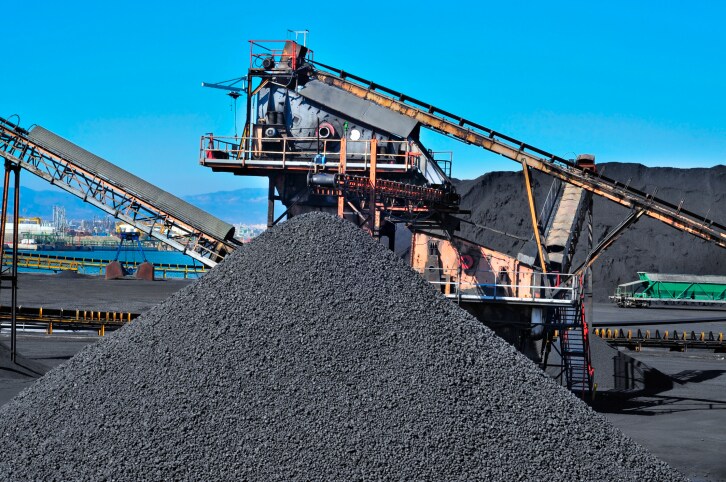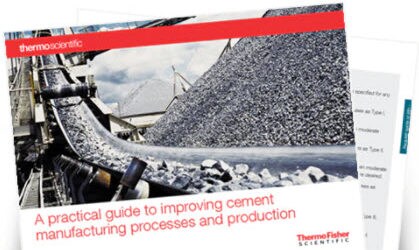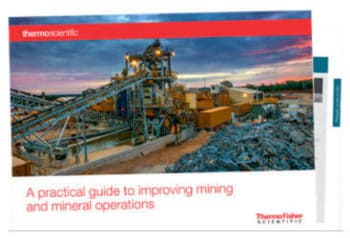
Blending coal
Three Real-Life Examples
Coal mining yields products of variable composition and quality. Variations in coal quality necessitates accurately sorting, separating, and blending the coal to meet customer specifications.
On-line coal analyzers have been in use for more than two decades to help achieve proper sorting, and subsequent blending, of coal. It is important to understand the composition of coal prior to blending in order to maximize the blending process. Cross belt elemental analyzers and fixed geometry analyzers can be fully optimized with accompanying blending software that uses the analysis and calculations from the on-line system to sort the coal into the correct locations to be blended for various applications. With these tools, mines can improve recovery, increase direct ship coal, increase the use of lower quality coal through blending, and meet customers’ requirements for specific blends.
Applying Analyzers in Mining to Meet Specific Blending Needs
In this article, I’ll discuss coal blending strategies in two different mines. The next article will focus on coal-blending strategies at a power plant. A coal mine located in West Virginia uses an on-line analyzer to monitor the prep plant production stream. Based on data from the analyzer, coal is sorted by adjustable parameters, such as ash. Any coal with an ash percentage less than 16% is sent directly to the stockpiles; the raw coal greater than 16% is sent to the preparation plant. Once the coal is washed, the analyzer evaluates the coal and sorts it even further into its correct locations, allowing the mine to use more of the lower quality coal by blending while still meeting their customers’ quality requirements. Furthermore, with a better idea of what is in the piles, the mine can increase the amount of direct shipped coal and realize substantial savings on plant cleaning costs.
Another mine, also located in West Virginia, is another example of the advantages of an analyzer system combined with blending software. The mine produces products ranging from 10 to 33% ash, 0.5 to 2.5% sulfur, and 9,200 to 13,000 Btu/lb. The blending system at this mine can make automatic feeder adjustments as frequently as each minute to satisfy the quality requirements of a shipment.
This system was the first in the world to blend automatically on two control variables; in this case, both sulfur and ash. The mine ships unit trains from 10,000 tons up to 16,500 tons, at a load-out rate of 4,000 tph. The software system tracks the cumulative quality of the train and automatically adjusts the feed proportions from four sources to meet the sulfur and ash targets simultaneously.
With more consistent quality, mine personnel are able to meet their customers’ quality specifications, thus building on their reputation as a consistent, reliable supplier. In addition, they give the mine and the prep plant much more operational flexibility to handle wider ranges in source quality and still meet contract specifications.
Read 1+1=3: More from Your On-line Coal Analyzer, which examines how mining operators and power plant owners alike are improving their bottom lines with on-line coal analyzers.
Next article: The third real-life example — coal-blending strategies at a power plant.



Leave a Reply